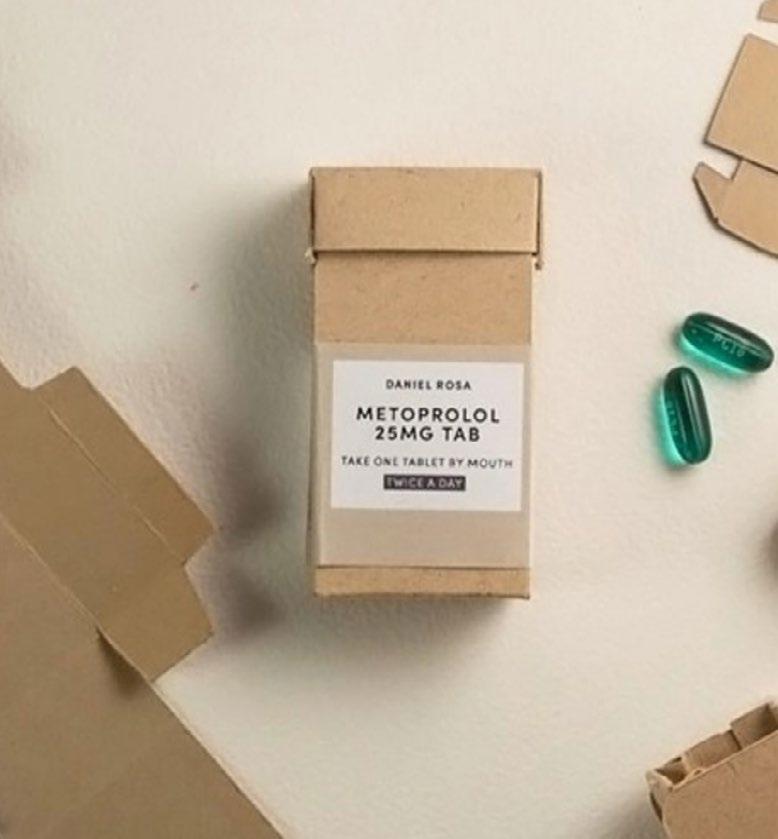Looking over the counter By Carmen Bryan, Consumer Analyst at GlobalData
Unlike prescribed medicines, overthe-counter products require a wider margin of safety in formulation and design to ensure safe, effective and responsible use. hether it is clear guidance labelling or tamper-proof features, over-the-counter (OTC) manufacturers must ensure that their products are accessible and safe for a wide consumer base within their home space.. Recently, the industry has seen a resurgence in demand for single-use products that prioritise sterilised and secure features. Matrixx Initiatives’ nasal cleansing swabs, which are sold under the Zicam Nasal AllClear brand, is tamper proof ensuring it remains sterile and safe to use until opened. The brand also emphasises its easy application for on-the-go. GlobalData’s week 11 2020 COVID-19 tracker reveals how prevalent security and safety concerns have become in relation to consumers’ purchasing behaviours. As of December 2020, 17% global consumers agree that sealed or tamper-proof packaging is their top priority as a direct result of the pandemic, while a further 34% stated that it is now slightly or significantly more important to them. The COVID-19 pandemic has led to a spike in demand for health and nutrition products that help consumers to safeguard their wellbeing during these uncertain times. As hospitals and clinics largely closed during lockdowns – open only for emergency cases – a window opened for OTC and healthcare products to provide simple and effective self-administer solutions that support consumers daily needs and growing anxieties around immunity and wellbeing. Bayer has recognised this with its launch of a Consumer Health division in India. The company plans to use digital technology innovations to help promote self-care and expand access to everyday health solutions to consumers. This is a well-timed step that shows the company’s commitment to addressing emerging consumer trends. In general, the incorporation of digitalisation in packaging is growing, as it enables manufacturers to easily utilise innovations such as QR codes to provide personalised services, accessible how-to guides and videos, and additional information on ingredients and production.
6.
On the other hand, the pandemic has had a two-fold impact on sustainability trends in OTC. Historically, environmentally friendly packaging is not highly prevalent in this market, taking a back seat to more pervasive concerns such as security, safety and accessibility. As such, you will still find plastic and film pack materials, whereas in other sectors such as food and beverage, there is a monumental shift towards more green packaging materials.
Image: Shutterstock
The pervasive usage of single-use plastics over the pandemic period has heightened consumer concern and directed attention to the OTC market. GlobalData’s research has found that environmentally friendly packaging claims have a positive influence on 78% of global consumers, with 34% of these agreeing that it is a key feature they look for in their choice of product. Combine this with increasing pressure from governments to go green, and we are likely to see more environmentally friendly materials being introduced in the coming years. GSK Consumer Healthcare, for instance, has launched a new initiative to reduce the plastic used in its Advil bottles by 20%, with expectations for this to be achieved by 2022. OTC and healthcare products are still behind in terms of sustainable packaging compared to other consumer sectors, as the industry must always prioritise safe, sterilised and accessible features. That said, the industry is moving toward a more sustainable position, and manufacturers should look to packaging innovations with green credentials that also uphold the accessible and sterile appeal.
packagingbirmingham.com | packaging-london.com

















